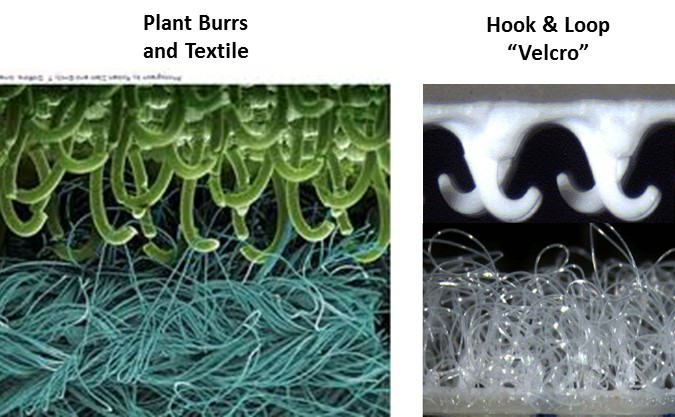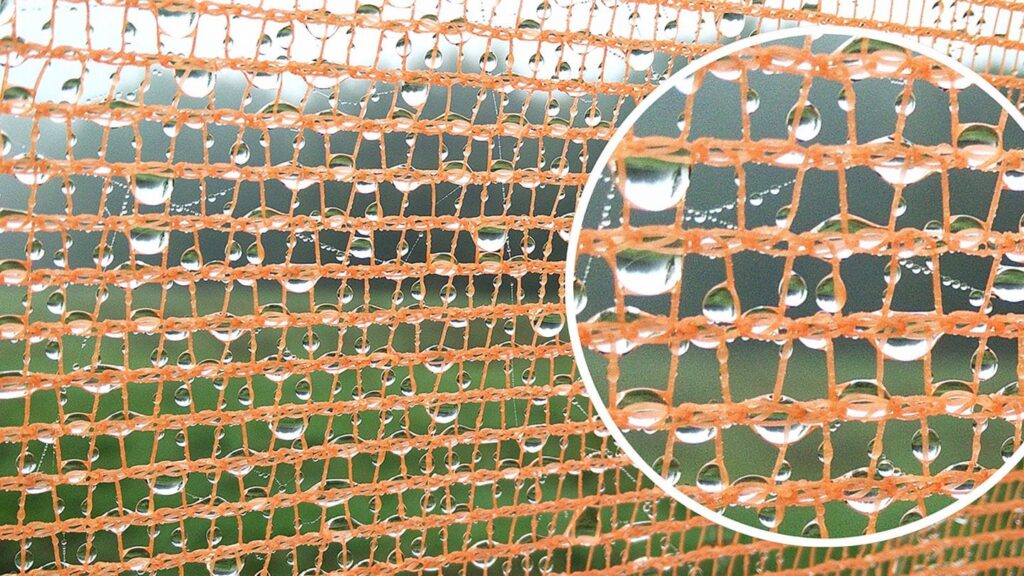Have you ever experienced moments of marvel at the intricacy, talent, and pure beauty of nature? We’ve been shown time and again that nature has the capacity to do incredible things to sustain its inhabitants and earth’s biological systems. In the face of finite resources, a growing population, and environmental degradation, we can learn from the natural world about how to live harmoniously on this planet with a concept called biomimicry.
While we are facing daunting challenges in how we make things, few are aware of a new world emerging based on learning from nature rather than destroying it. Fortunately, top scientists, engineers, designers and even businesses are creating new products based on nature that are less expensive and more efficient without heating, beating, treating and polluting.
What is Biomimicry?
Biomimicry is the imitation of nature’s shapes, processes, and ecosystems in human design, technology, and strategy. There are species that have spent millions of years on this planet before humans ever existed, evolving to best survive and coexist with the rest of the biosphere. The idea behind biomimicry is that we can learn from these ancient systems and species all around us in nature to help us adapt to life’s challenges, while also living in harmony with the natural world. Biomimicry is a kind of “bioinspired design” that uses science to understand and emulate how other species function to find better solutions to numerous challenges.
Janine Benyus has been a momentous figure in the field of biomimicry as the author of Biomimicry: Innovation Inspired by Nature (1997), where the term Biomimcry was first conceived and popularized. She also co-founded a bio-inspired consulting organization called Biomimicry 3.8 in 1998 and The Biomimicry Institute ten years later, which is a non-profit working to implement sustainable, bio-inspired design in tackling some of our greatest challenges. Benyus encourages the world to not only incorporate a biological perspective in our production and design, but also to change our relationship with nature by opening our eyes to its lessons. Read the first chapter of Biomimicry: Innovation Inspired by Nature here.
“We don’t need to invent a sustainable world – that’s been done already.”
Janine Benyus
Biomimicry has been applied in construction, fashion, material design, energy, agriculture, transportation, medicine, and other fields. The main goals in using this approach are to learn from and work with nature rather than take from it, as well as to better adapt to living on this planet without having such a destructive impact. Therefore, many biomimicry designs are meant to be more efficient, more resilient, and reduce our emissions or overall waste compared to our current practices.
Innovative Examples
Some of the most widely known examples of biomimicry are Velcro and the Japanese Shinkansen Bullet train. Velcro was invented by George de Mestrel when he went on a walk with his dog in 1941 and noticed the adhesive talent of burrs, stuck in his dog’s fur. He looked closer to discover that burrs have tiny hooks (meant to loop onto the fur of animals so they can disperse their seeds), which inspired his invention of Velcro’s hook-and-loop fastening system.

The 1997 redesign of the Japanese Shinkansen Bullet Train used biomimicry inspired by three birds. The bullet train initially produced a sonic boom when exiting a tunnel, so engineers redesigned the aerodynamics of the train to resemble an owl’s feathers, the shape of an Adelie penguin, and the beak of a Kingfisher. These changes allowed for the quietest design (to stay under Japan’s noise limit), and a train that was 10% faster and used 15% less electricity. Learn more about the Japanese Shinkansen Bullet Train and other innovations in this fascinating video about biomimicry design!
One new example of biomimicry that really stands out is AirCarbon, a carbon-negative alternative to plastic that naturally degrades in the ocean and ecosystems. To make AirCarbon, Newlight Technologies emulates how microorganisms in the ocean consume greenhouse gases like methane and carbon dioxide to produce PHB (a polymer) as a natural byproduct, which can then be melted and molded just like oil-based plastics. With only one facility, the production of AirCarbon products removes, “the equivalent of 100 million pounds of carbon dioxide per year” from the atmosphere which is “roughly equivalent to taking 6,000 cars off the road.” Imagine the impact AirCarbon could make on a larger scale by replacing all of our oil-based plastics.
“The truth is, natural organisms have managed to do everything we want to do without guzzling fossil fuels, polluting the planet or mortgaging the future.”
Janine Benyus
There are numerous other examples of biomimicry with innovative solutions for addressing our most pressing issues like climate change and global access to clean water. Some other examples include how desert beetles that collect water from fog inspired a new water harvesting mechanism, the use of a tree’s nutrient transport system (xylem) to filter water, architecture with a passive cooling system inspired by termite mounds, and how wind turbines can be improved with the use of technology inspired by the shape of whale flippers and a textured surface coating inspired by shark skin.

We Have So Much to Learn
We often forget that we are a part of nature, so how can we better reflect it in our practices? We have a lot to learn about sustaining our species on this planet without hurting the natural systems already in place. The earth and its vast diversity of species have already encountered many of the problems we face today in their long journey of adaptation and evolution. There are solutions to human challenges already present in the world around us if we just connect and respect it enough to listen.




As a long-time gardener, I have always been awed at what what plants, insects, birds can teach us all. Thanks for this great article.
Love this article! So many genius designs inspired by nature… and there is still so much to learn from other species!
I loved this so much, I didn’t know so much this information and it is insane how well plants understand how things work and how to become more useful in their own environment.